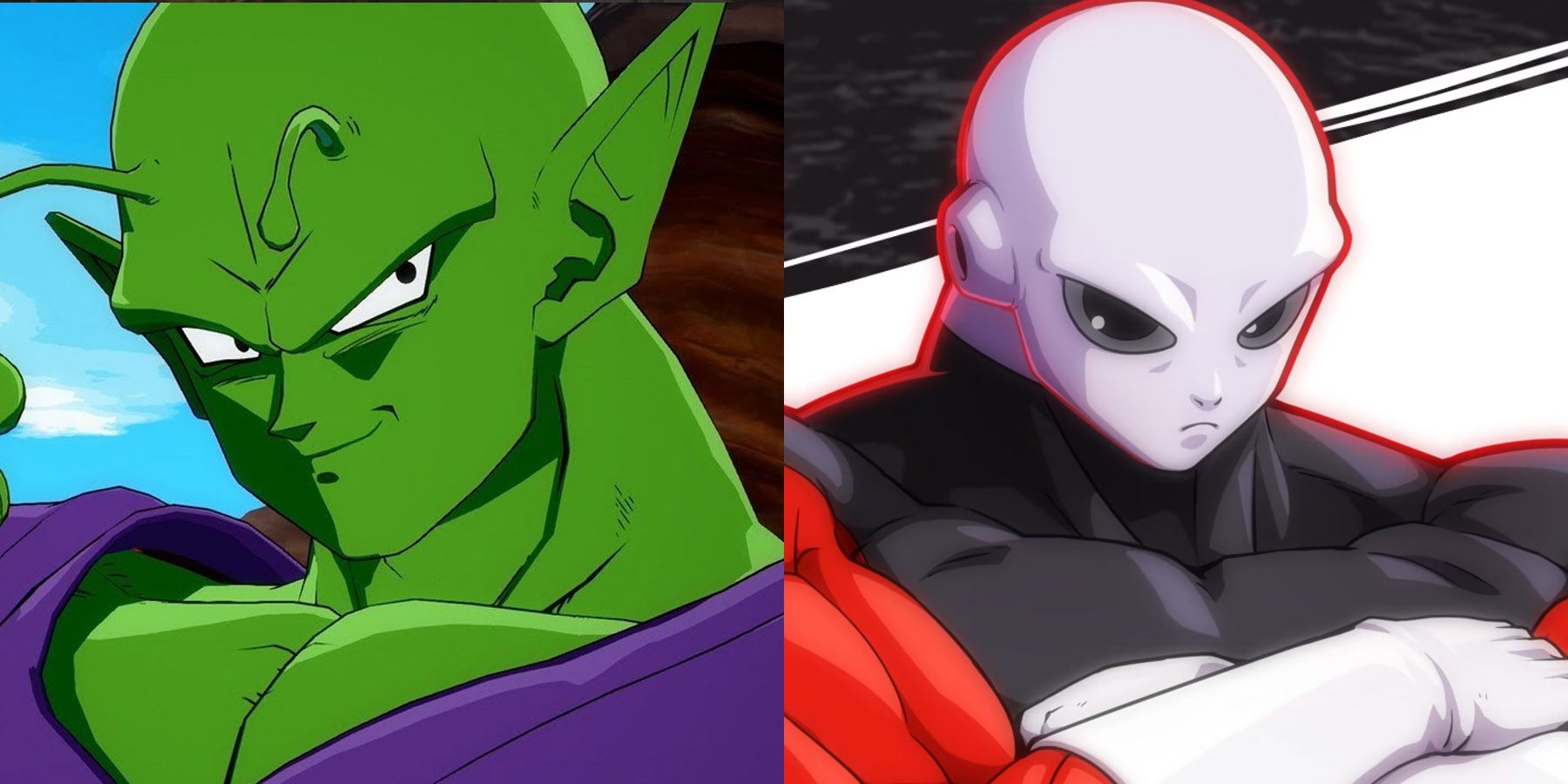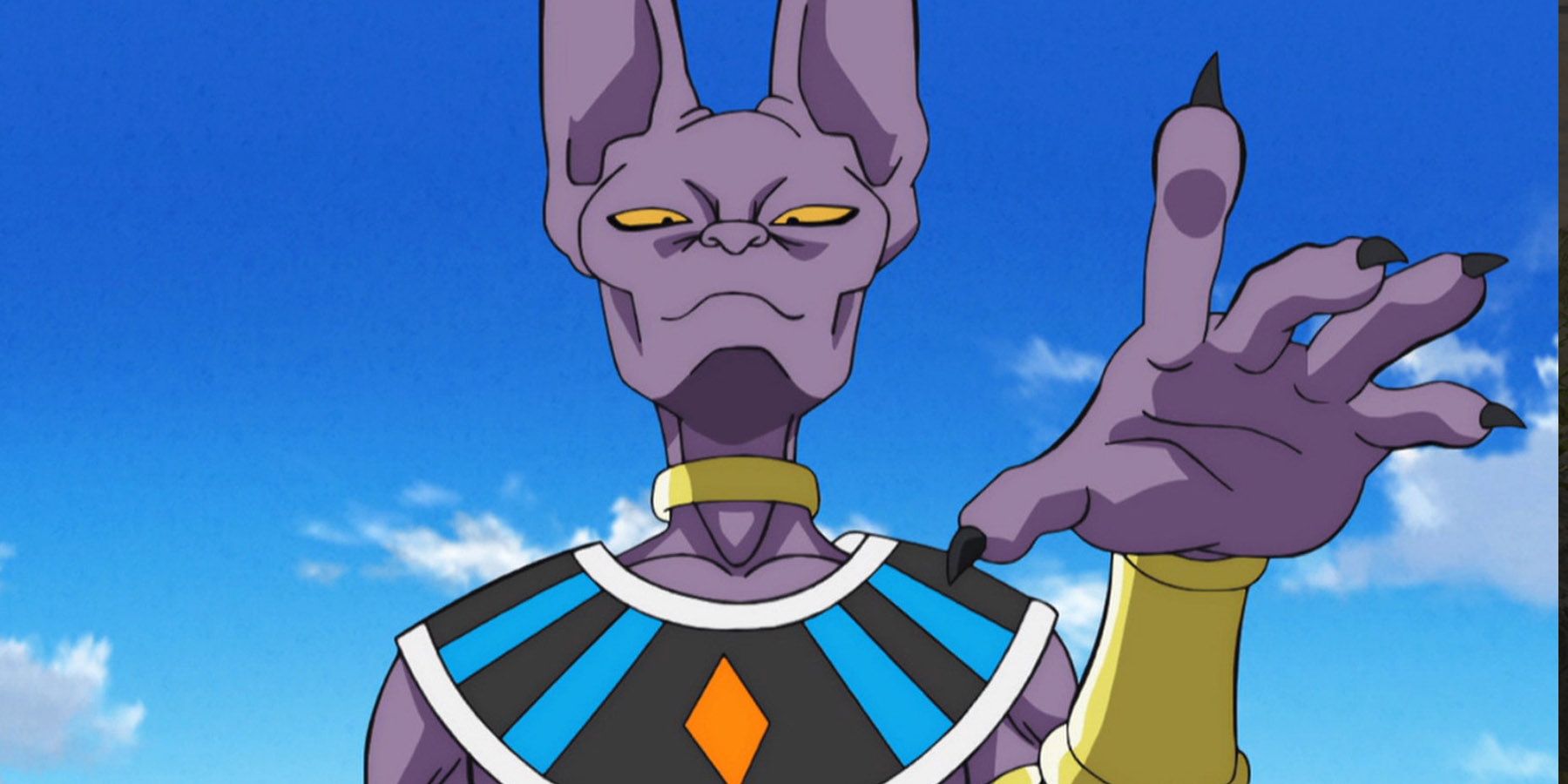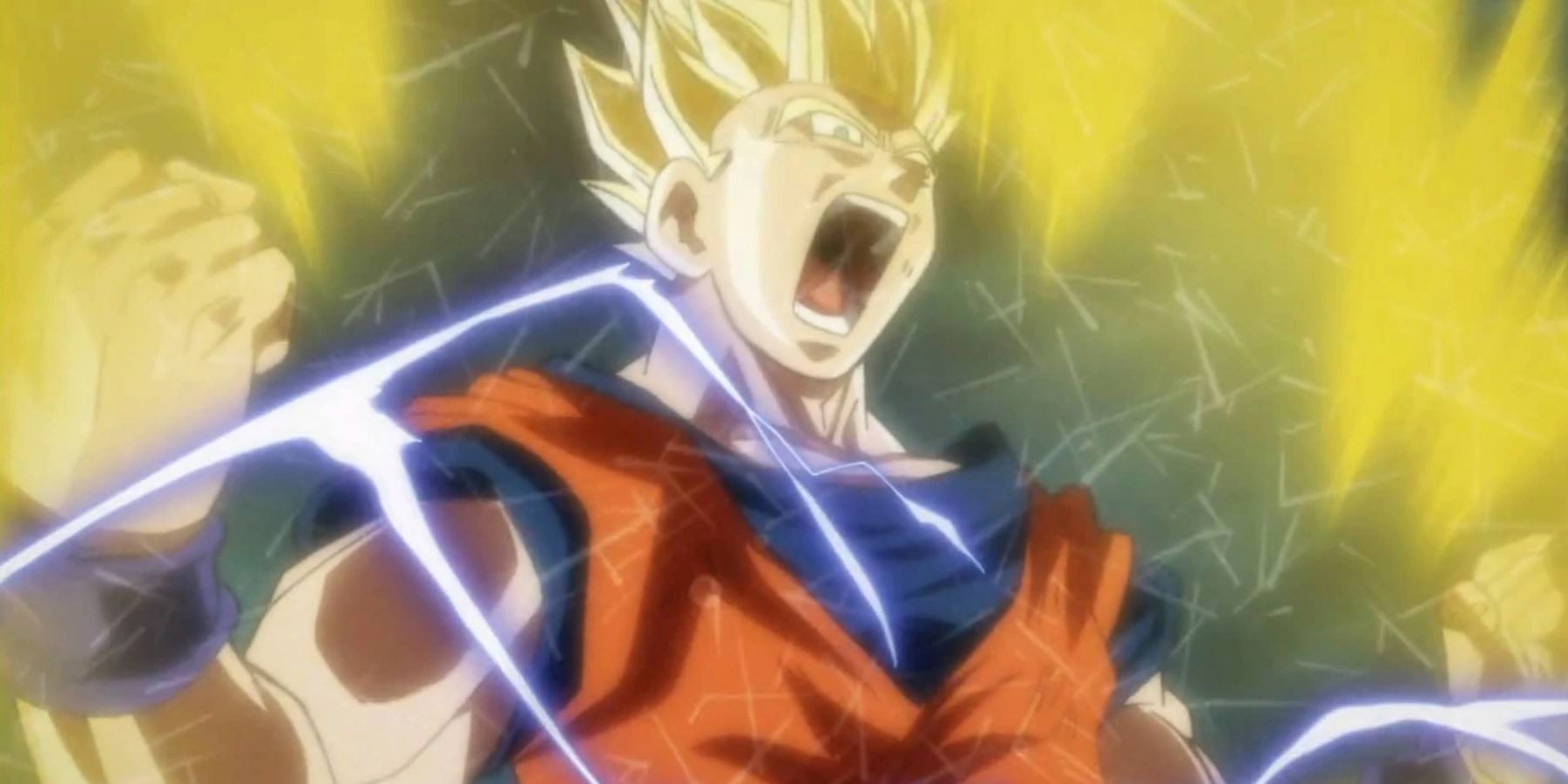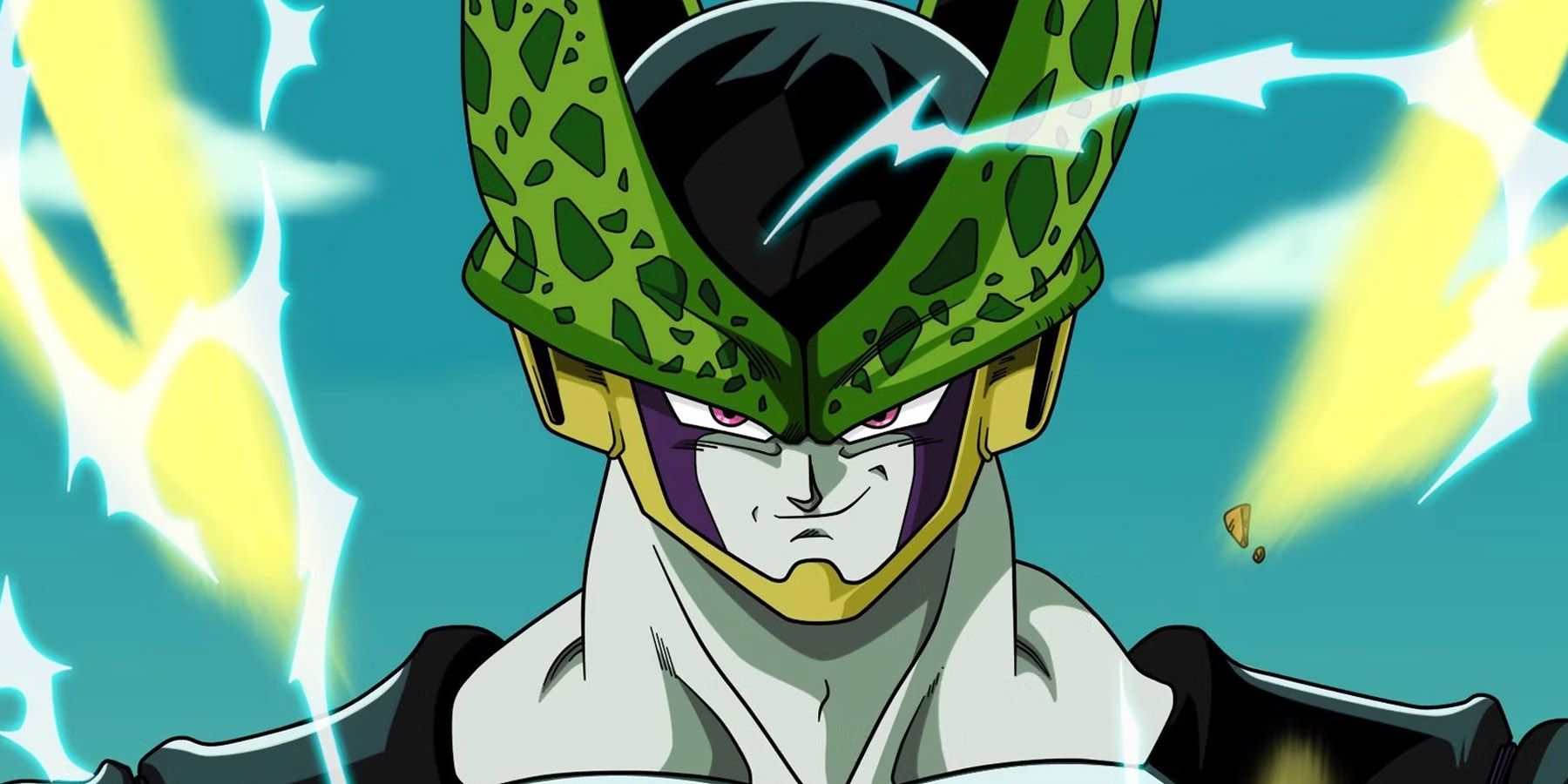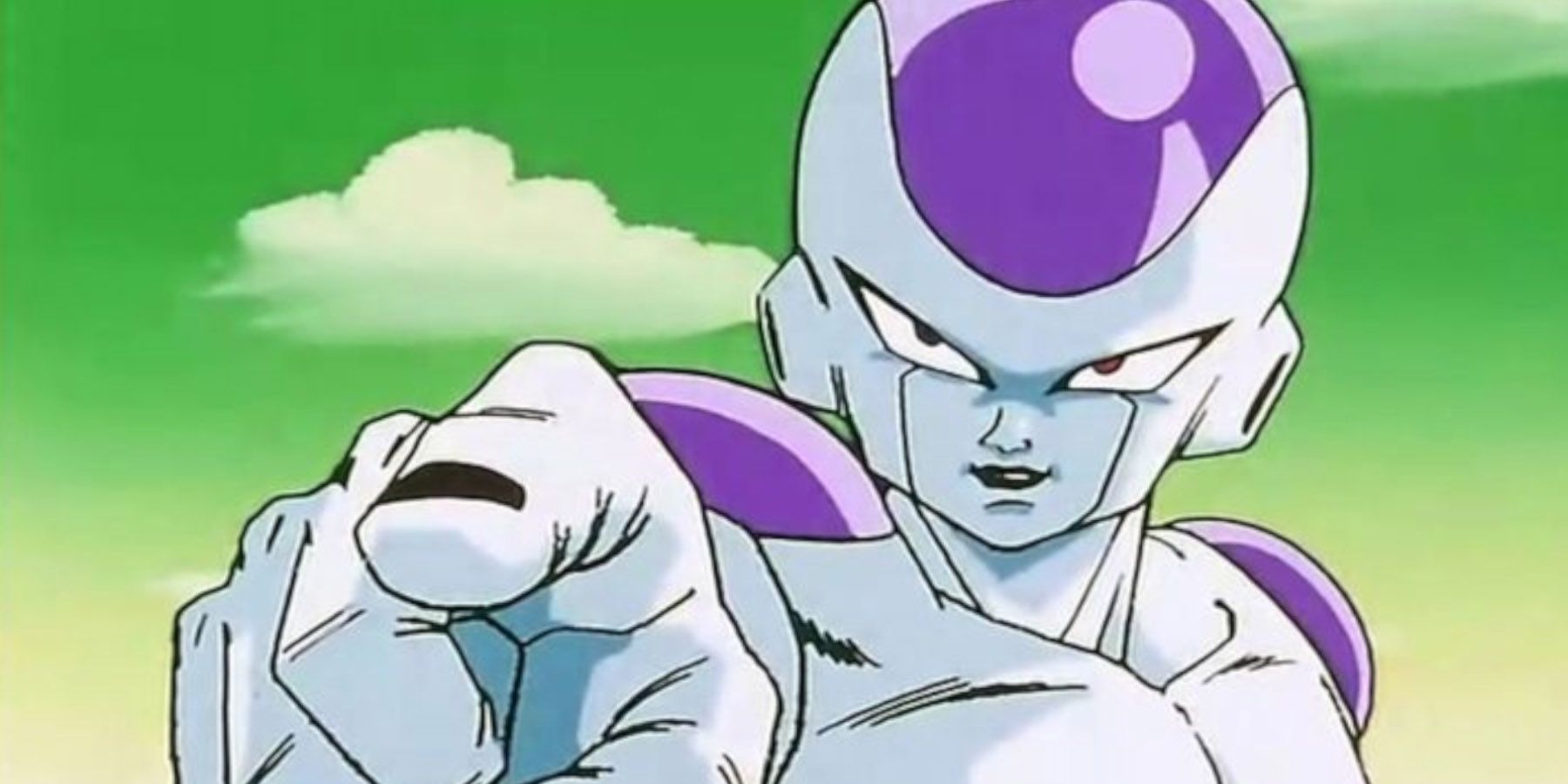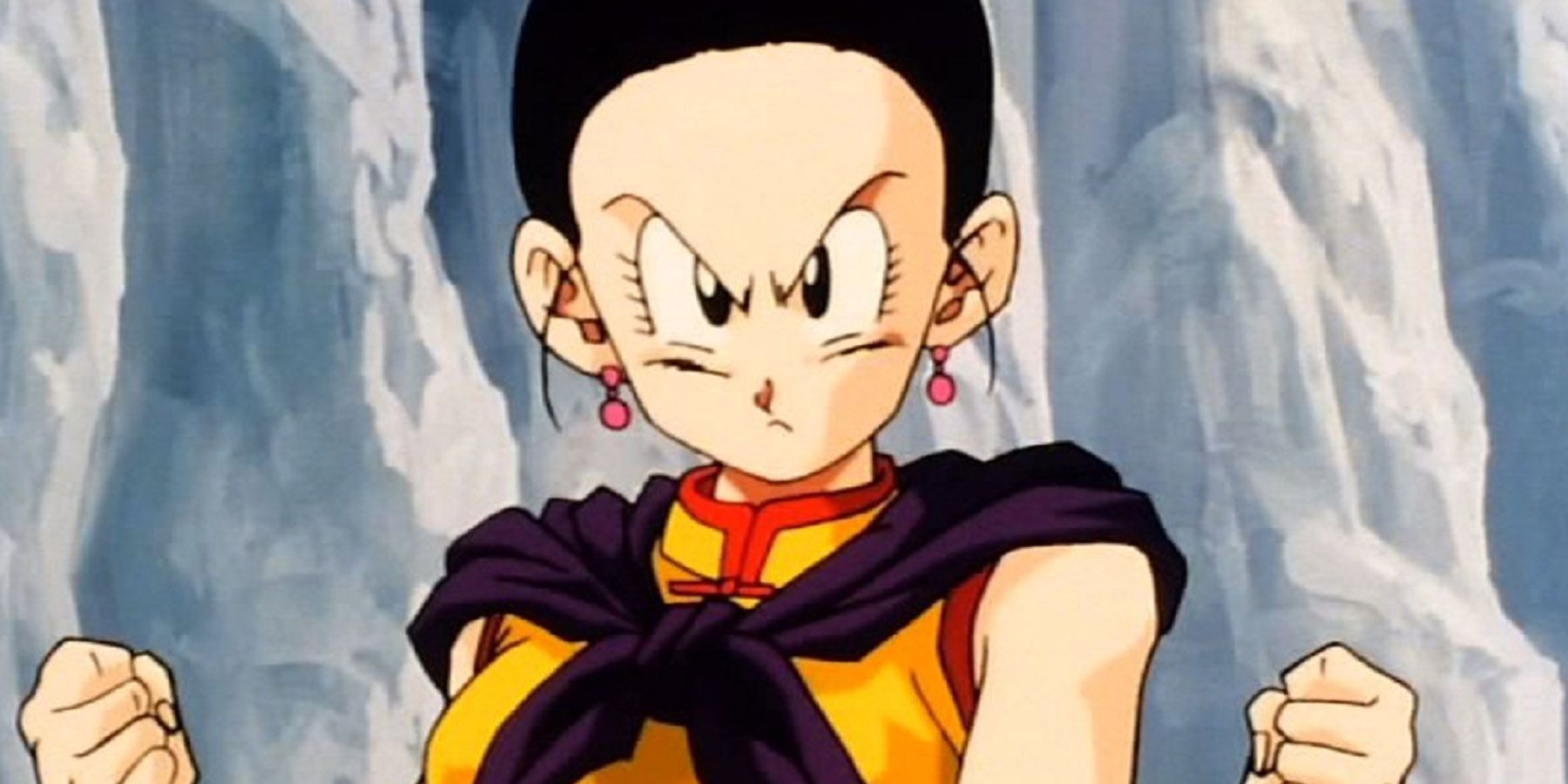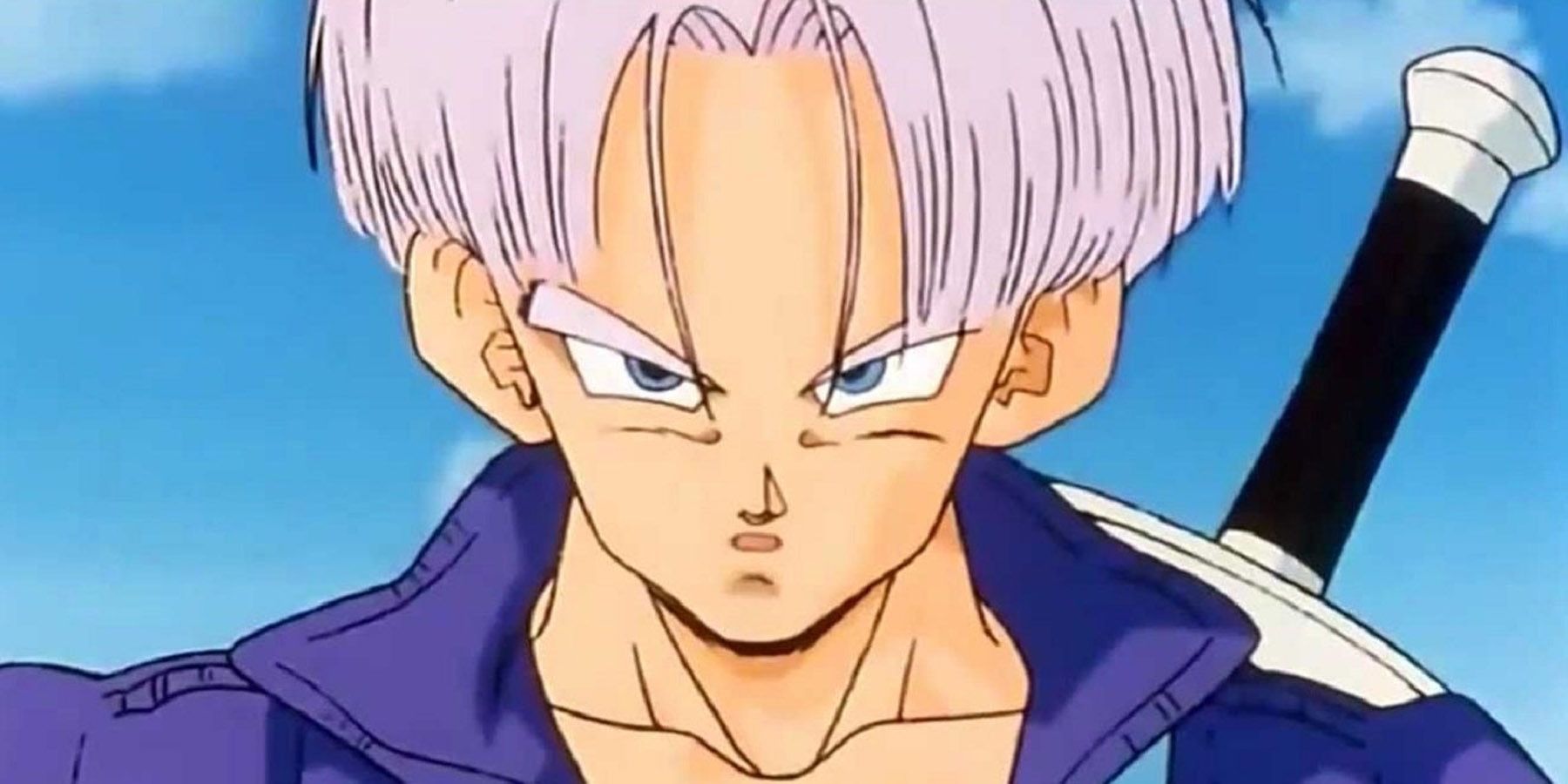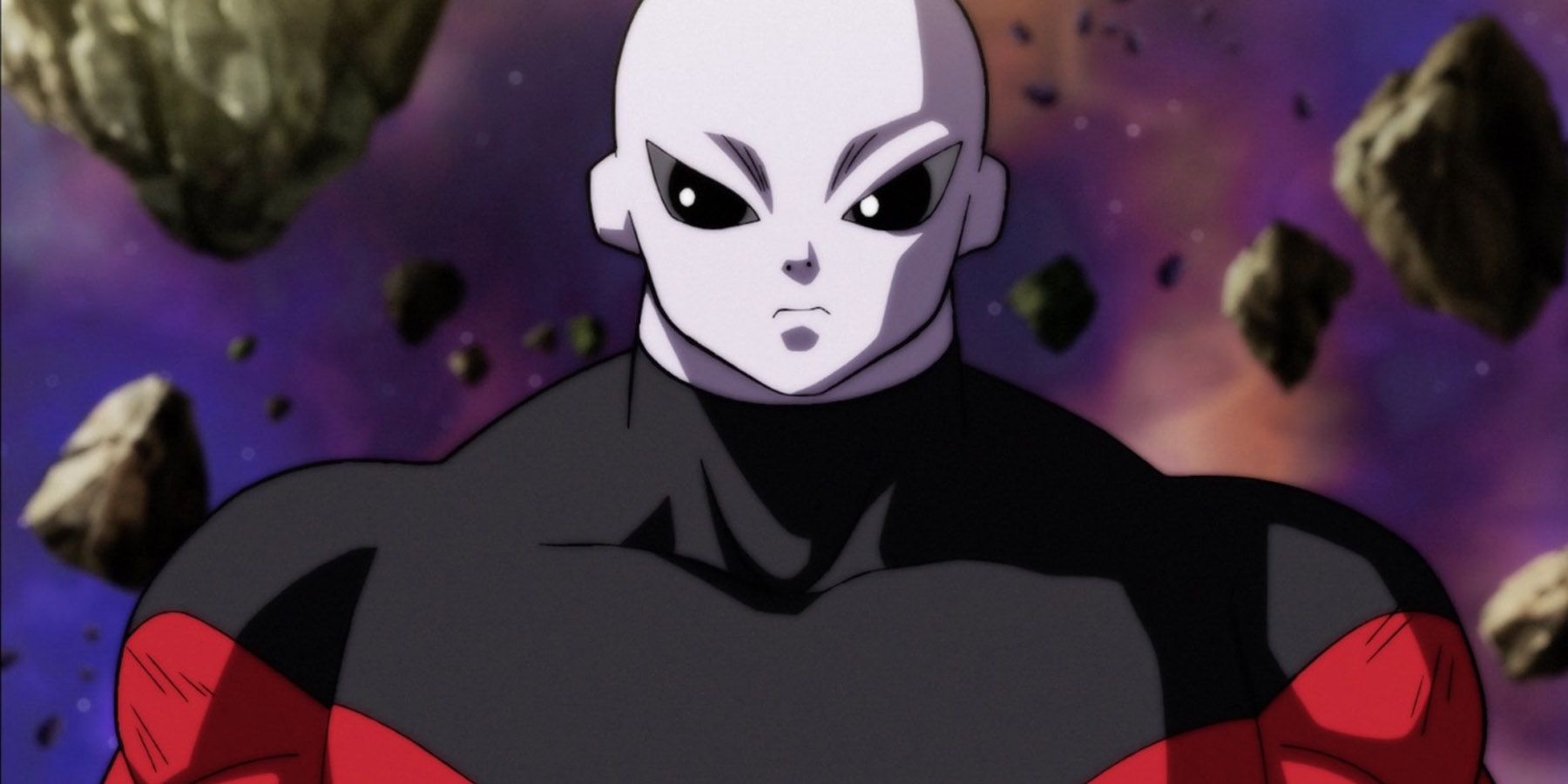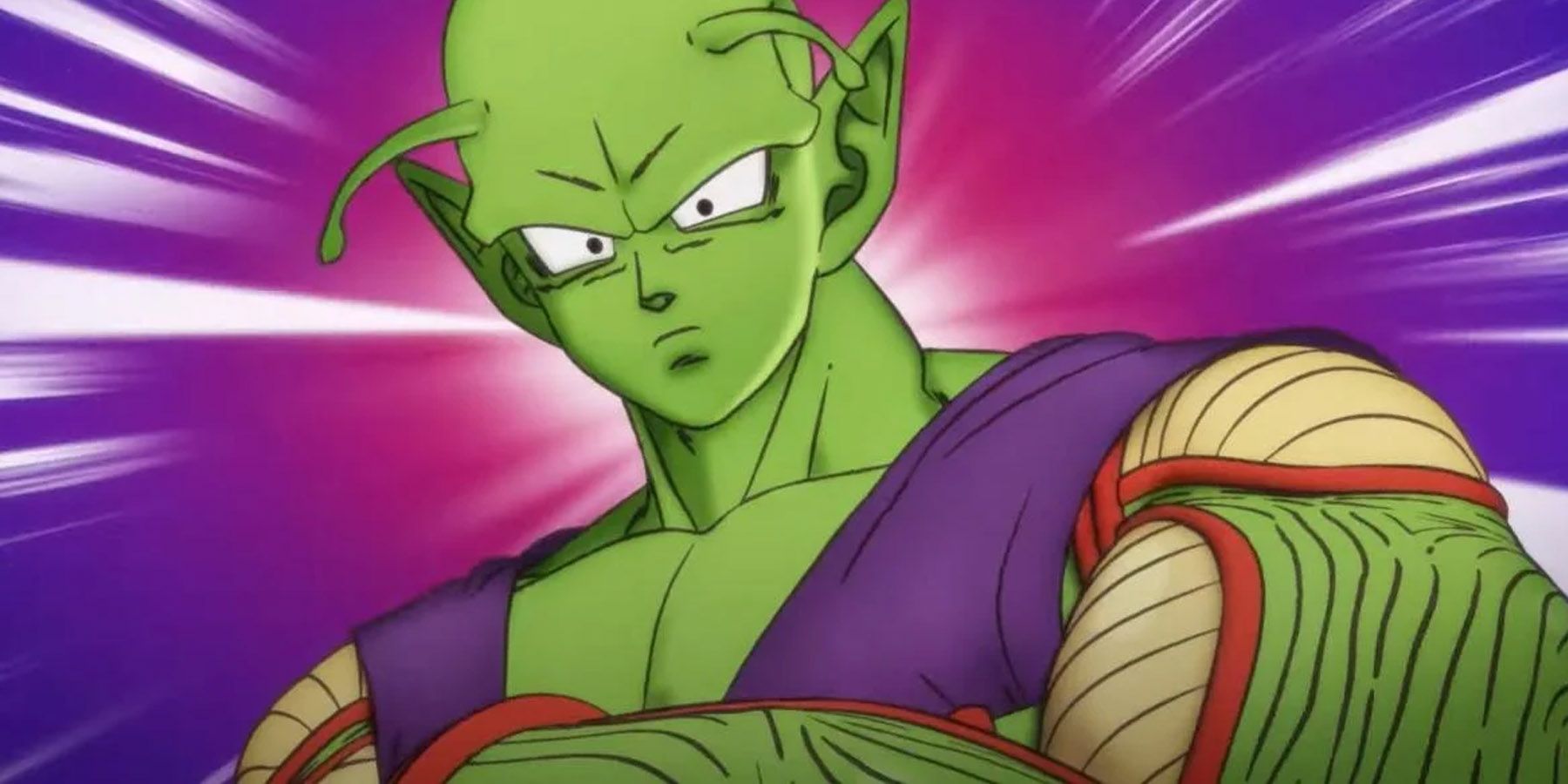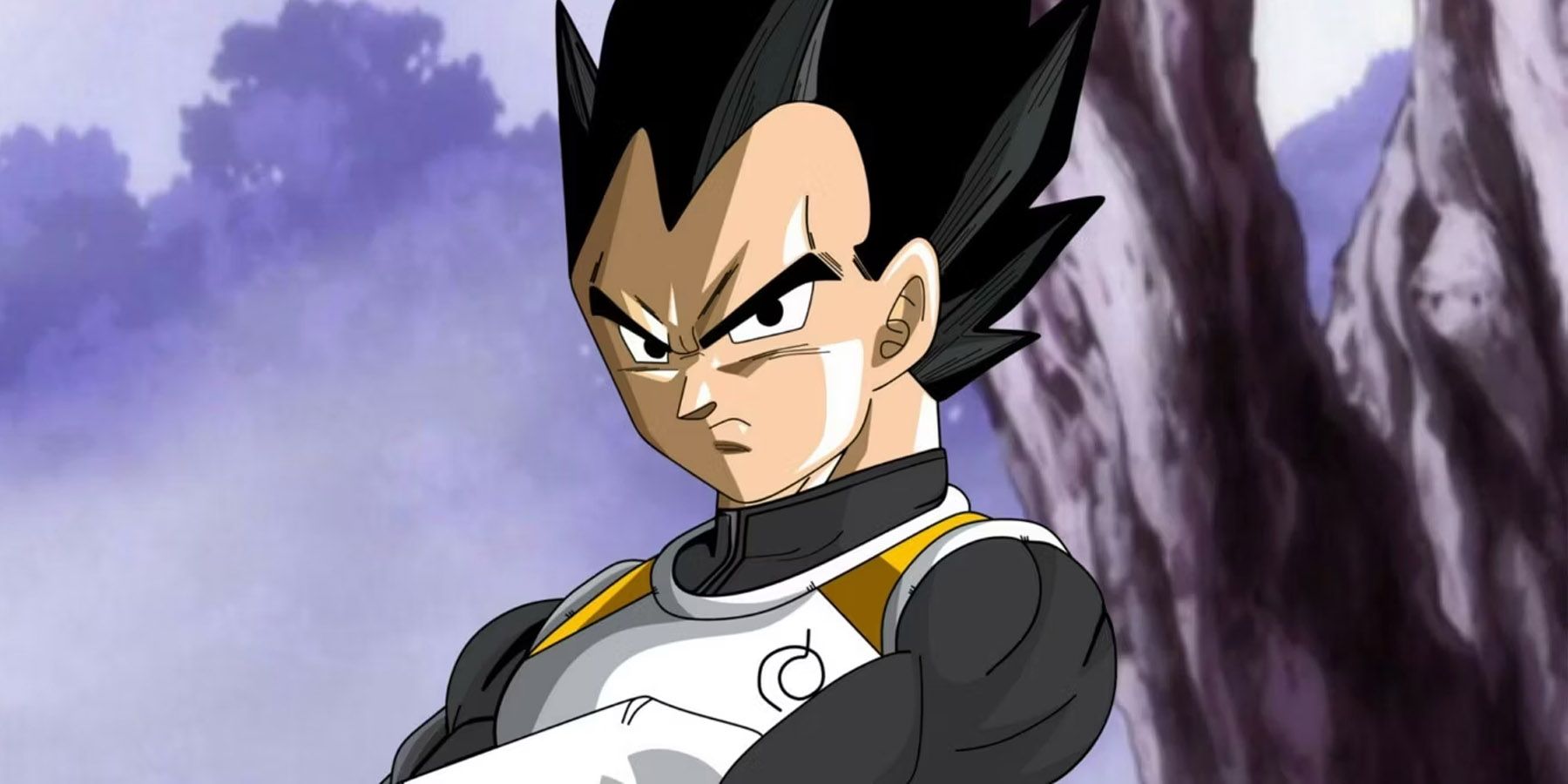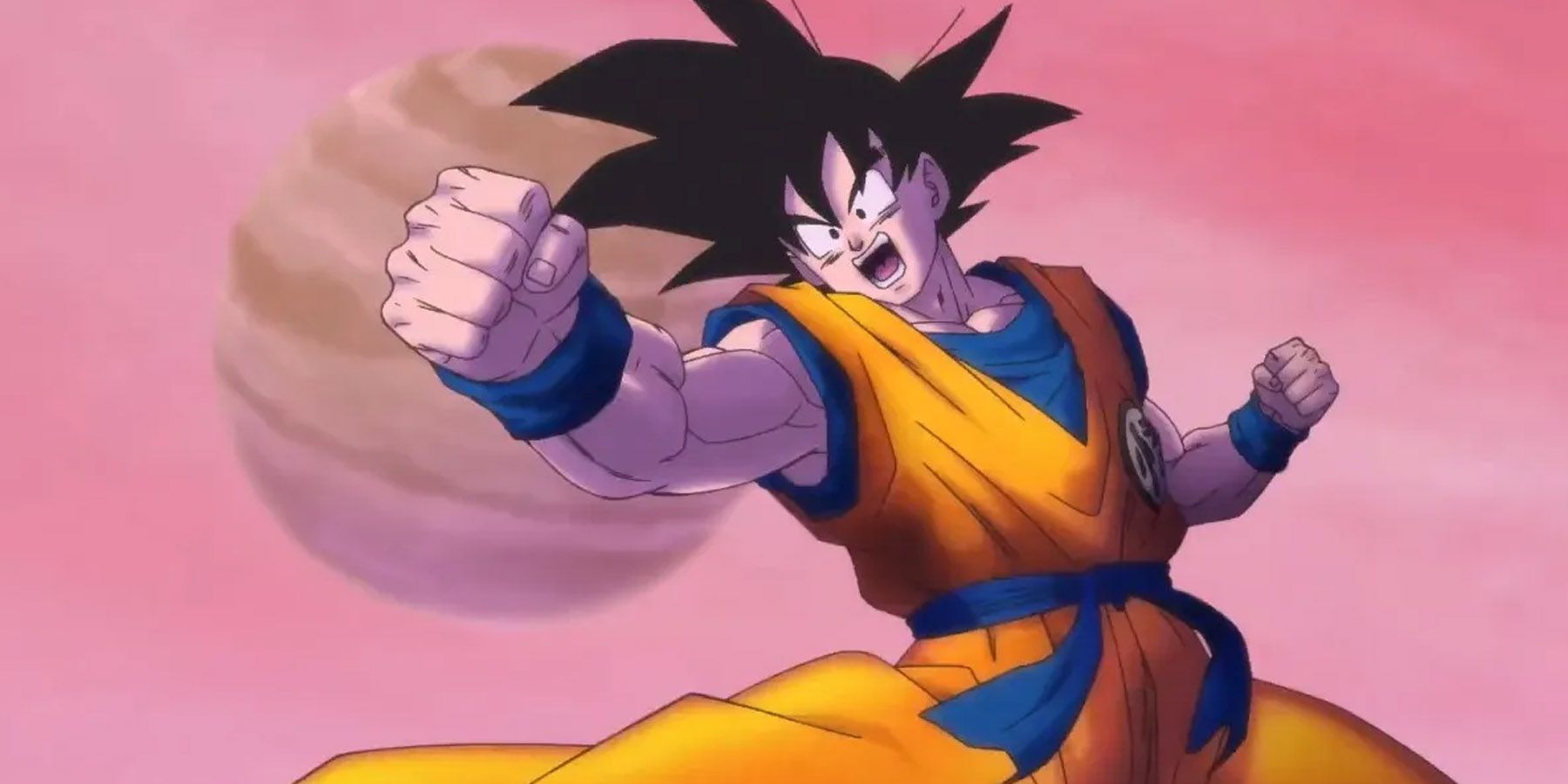With Akira Toriyama teasing a new Dragon Ball story via Dragon Ball Daima, Goku and his friends will once again embark on a grand adventure. This time, Goku and his pals need to figure out a way to reverse their unexpected deaging, certainly giving early Dragon Ball and Dragon Ball GT flashbacks to fans. However, fans of the Dragon Ball series may be eager to see whether certain characters get the kind of development their manga versions have received in their stories.
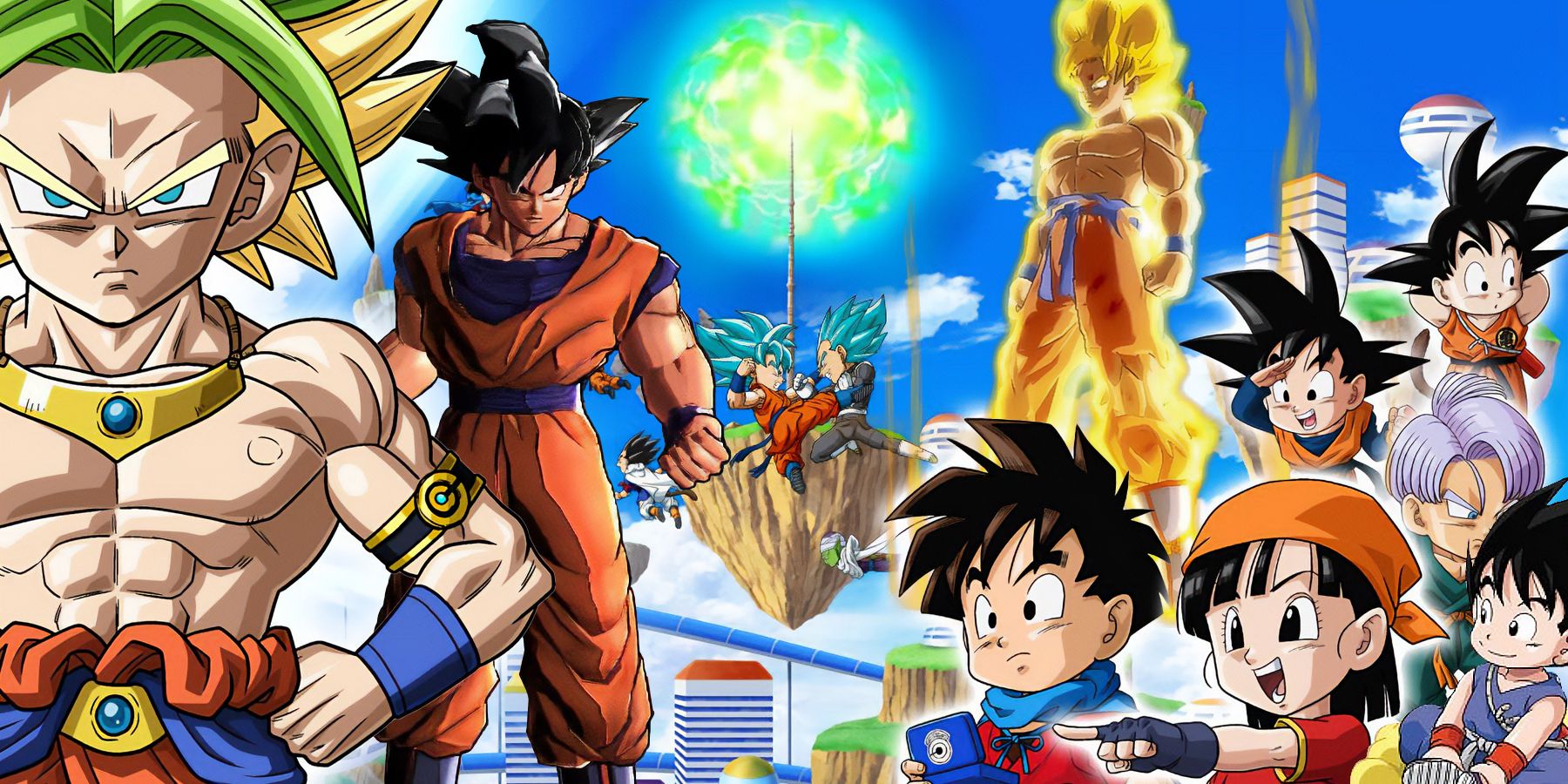
The Best Dragon Ball Games Of All Time, Ranked
Not every Dragon Ball game lives up to fans' expectations. These are the best games ever made starring Goku and the rest of the Z fighters.
As with other manga adapted into anime, others are convinced anime counterparts of certain Dragon Ball characters were lagging in the characterization department. In this regard, just which Dragon Ball characters are best portrayed in their manga appearance instead of their anime adaptation?
10 Beerus
The God Of Destruction Doesn’t Always Threaten Destruction
| First Appearance | Dragon Ball Z: Battle Of Gods |
| Role in the Story | Destroys threats that put their universe at the risk of imbalance |
| Major Difference in the Manga | While similar to his anime counterpart in almost all aspects, Manga Beerus doesn’t flaunt his destructive abilities through threats as much |
Beerus remains one of the most powerful forces in the Dragon Ball universe, serving as one of the few threats even Goku cannot defeat. Had it not been for Beerus’s love for Earth’s delicacies, the God of Destruction could destroy it on a whim. And while these traits remain similar in both the anime and manga, Beerus of the Dragon Ball anime is treated more as a moody, hot-headed, temperamental being who casually threatens destroying the world.
In contrast, Beerus in the manga is a more self-aware and contained being much closer to his movie appearance. While still temperamental and more than capable of pulling off his “destroy the Earth” bluff, the lack of casual threats add more meaning to when Beerus does actually imply using his Hakai.
9 Gohan
Goku’s Son Gets Involved In More Grounded Fights To Showcase Growth
| First Appearance | Dragon Ball Z: Chapter 2, Episode 1 |
| Role in the Story | Son of Goku who’s said to have the potential to be the strongest warrior in the universe |
| Major Difference in the Manga | While Anime Gohan has more fights, Manga Gohan’s limited skirmishes allowed him to scale better in terms of power |
Both the anime and the manga established that Gohan remains the most powerful Dragon Ball character in the absence of Goku and Vegeta, and considerably more so with his Beast form also making its way in the current run of Dragon Ball Super. While Gohan’s anime feats were lauded as better representations of his power scaling, one could argue Gohan in the manga received more grounded growth from the perspective of his fights.
The more condensed version of combat in the manga allowed Gohan to showcase more surprising feats, cementing his warrior potential. This is especially seen in the Cell Saga, when the condensed fights slowly build up to Gohan having to accept his role as the universe’s new protector after surpassing even Goku’s limits.
8 Cell
Longer Fights May Have Wasted The Tension Of The Perfect Being’s Presence
| First Appearance | Dragon Ball Z: Chapter 360, Episode 141 |
| Role in the Story | Hailed as the Perfect Being, Cell is a bio-android created from an amalgamation of the Z-Fighters’ DNA |
| Major Difference in the Manga | Anime Cell and Manga Cell share the same characteristics and fate, but shorter fights in the manga carried over tension and the lead-up to Gohan’s fight with the villain |
Cell’s cunning and eventual arrogance were both demonstrated in the anime and manga, but the more condensed fights in the Cell Saga paved a stronger arc that showed the irony of pride bringing down even the strongest genetically-created warrior. However, Cell became a much better-developed character in the manga as it does a more consistent job showing him as an insurmountable threat only Gohan can overcome.
Juxtaposing his opening moments struggling against Piccolo with Vegeta allowing him to reach his full potential showcases Cell as a villain doing exactly what the heroes have done to defeat the likes of Vegeta. And Cell being irritated at Gohan second-guessing his potential and goading him to do the same was a stronger show of personality in the manga.
7 Frieza
The Tyrant Only Kills When Necessary
| First Appearance | Dragon Ball Z: Chapter 53, Episode 44 |
| Role in the Story | Galactic Tyrant responsible for the destruction of Planet Vegeta, as well as the eventual awakening of Super Saiyan Goku |
| Major Difference in the Manga | Frieza remains evil in both the manga and the anime, but Manga Frieza only killing when absolutely necessary making him more terrifying |
Compared to Frieza in the anime who has a penchant for casual sadism, Frieza in the manga has a flair for false politeness. Throughout the manga’s Frieza Saga, the tyrant had never killed a henchman and only resorted to extreme violence when people vehemently oppose his goals.

12 Best Dragon Ball Fighting Games, Ranked
The Dragon Ball franchise comes out with a ton of fighting games, and here are the very best of them, ranked.
Granted, Frieza didn’t show any signs of actually “repenting” during his time in Hell, which in turn makes Frieza’s return as a villain in the Super manga all the more expected. However, Frieza’s first appearance as a character who won’t resort to violence except only when absolutely necessary makes him a more calculating and more sinister figure.
6 Chi-Chi
The Nagging Mother Stereotype Didn’t Hold Well
| First Appearance | Dragon Ball: Chapter 11, Episode 7 |
| Role in the Story | Introduced as the Ox-King’s daughter, Chi-Chi’s marriage with Goku entrusted her with the role of a doting mother |
| Major Difference in the Manga | Chi-Chi’s growth from a nagging mother to a more trusting parent is seen throughout the manga but is exaggerated in the anime |
Modeled after the stereotype of a strict mother of a rural household, Chi-Chi’s depiction as a worrywart may be hilarious in Japanese culture while also unbearable for Western audiences of the Dragon Ball story. Unfortunately for Chi-Chi, her anime counterpart suffers being plastered as a stereotype due to exaggeration. In contrast, the more condensed manga gives Chi-Chi a more defined room to grow as a character.
Chi-Chi starts reluctant towards Gohan’s training and becomes more tolerant of his training. In the Cell Games, she pleads Goku not to let Gohan fight Cell, as though remembering the time Piccolo beat Goku half to death in the first parts of the manga. Buu Saga sees Chi-Chi become more carefree, letting Goten play with Trunks.
5 Future Trunks
Certain Decisions Ruin Trunks’ Point Of Being Independent
| First Appearance | Dragon Ball Z: Chapter 136, Episode 119 |
| Role in the Story | Future Trunks has had a tendency to come back from various futures to prevent a post-apocalyptic scenario from happening |
| Major Difference in the Manga | Future Trunks in the manga receives a healing ability and a more grounded form that separates him from Vegeta’s aggressive growth |
Trunks makes his return as a Dragon Ball Super character when another version of Future Trunks seeks Goku and Vegeta’s help to from the past to stop the evil Goku Black from fully destroying his timeline. While Super’s anime Trunks defeats Future Zamasu with a rage-empowered form and a Spirit Bomb-empowered sword slash, the MacGuffining of these powers and Vegeta lecturing him made him a weakly-written character.
In contrast, Super’s manga Trunks gets healing powers. Despite being a more lackluster approach for his character growth, the more realistic power-ups remain consistent to the original manga’s Future Trunks. After all, Trunks’ tutelage under Gohan taught him to become his own self without needing Vegeta to teach him, making him a more independent character.
4 Jiren
Not Solely Being An Unbeatable Threat Humanizes Jiren
| First Appearance | Dragon Ball Super: Chapter 30, Episode 78 |
| Role in the Story | Universe 11’s unbeatable hero of justice is Goku’s toughest threat in the Universe Survival Saga |
| Major Difference in the Manga | Unlike the Anime Jiren who served as an unbeatable obstacle for Goku to simply overcome, Manga Jiren’s more nuanced personality |
Jiren’s fierce independence and abhorrence of trust transformed him into an insurmountable obstacle for Goku to defeat, resulting in one of the best fight scenes in anime history. However, whereas Jiren seemed like an unbeatable fighter in the Dragon Ball anime, he receives better characterization in the manga.
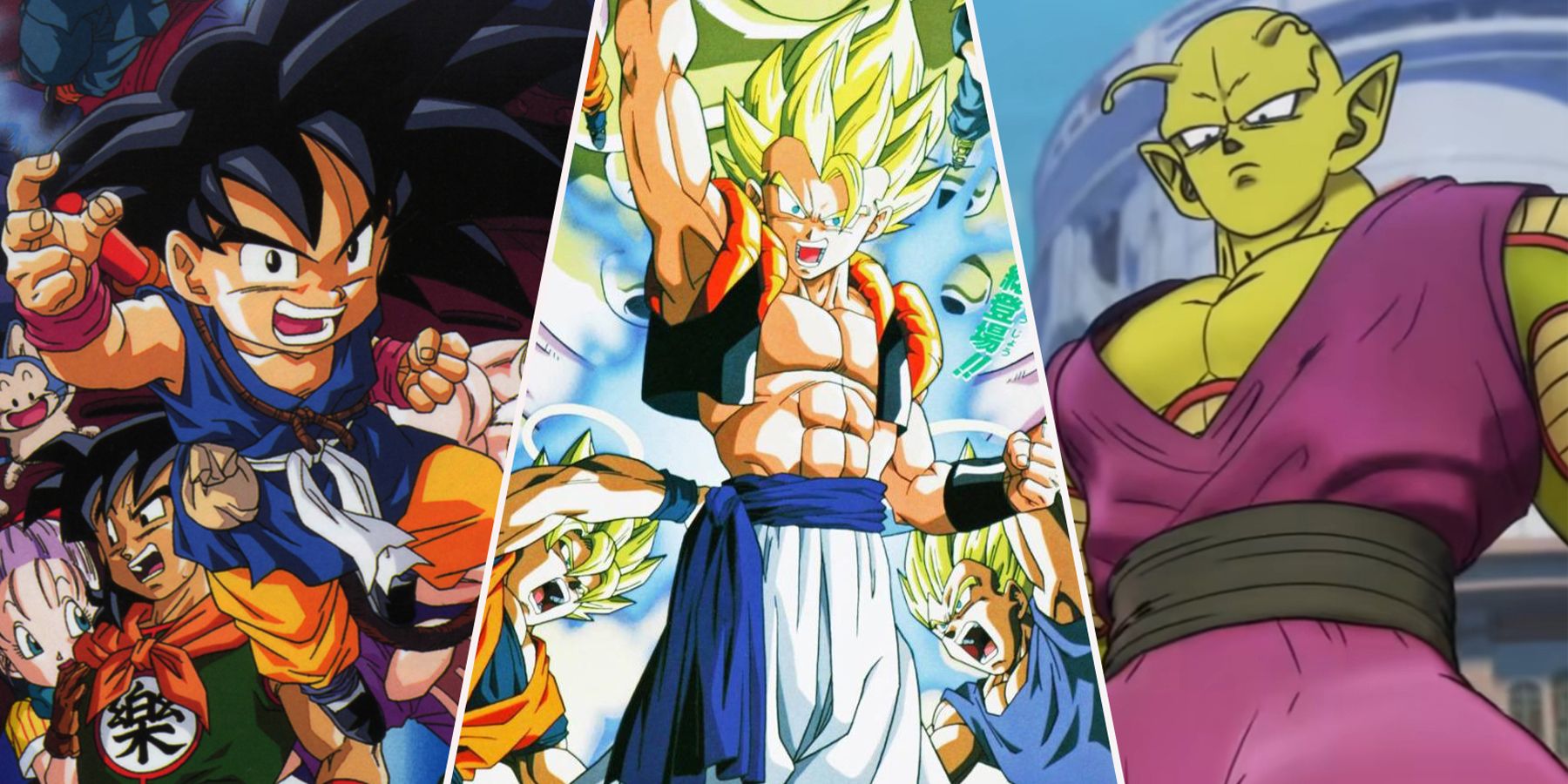
All Of The Dragon Ball Movies, Ranked
Toei has recently plenty of Dragon Ball anime movies over the decades, and some films are better than others.
Jiren’s wish of resurrecting his mentor to “properly” graduate as a fighter adds a humanizing element to the warrior in the manga. This element also adds dramatic irony to his character, as while he always fights at his fullest as per his learnings, Jiren doesn’t apply his master’s most important lesson: teamwork.
3 Piccolo
A More Quiet Piccolo Makes His Conversations More Meaningful
| First Appearance | Dragon Ball: Chapter 161, Episode 123 |
| Role in the Story | Goku’s former rival that becomes Gohan’s mentor and pseudo-godfather |
| Major Difference in the Manga | While Piccolo in both the anime and manga maintain a stern and serious exterior, Manga Piccolo lacking the filler dialogue from Anime Piccolo makes his interactions more impactful |
Piccolo being more of a father to Gohan than Goku remains a popular Dragon Ball trope among fans, and this is shown both in the anime and the manga. Fans may argue that the anime does this trope more justice, especially when filler episodes give Piccolo more opportunities to bond with Gohan.
While the lack of filler chapters in the manga means Piccolo is more often seen as stern and serious, this also adds more meaning to moments when he softens up. Piccolo being a Namekian of a few words but more than willing to risk his life for his student (and arguably godson) makes him a more believable father figure in the manga.
2 Vegeta
No Filler Vegeta Paves The Way For More Consistent Characterization
| First Appearance | Dragon Ball Z: Chapter 10, Episode 5 |
| Role in the Story | Prince of All Saiyans, was first extremely hostile with Goku until they developed a rivalry and mutual respect |
| Major Difference in the Manga | Lack of filler arcs between manga arcs allow Vegeta’s acts of character development to be more impactful to audiences |
Fans already impressed with Vegeta’s growth as a Dragon Ball character should read the manga to fully immerse themselves with his development. Despite having less chapters than the number of action-packed Dragon Ball episodes, the manga succeeds in showcasing his character progression with more nuance.
The lack of action filler in the manga combined with more deliberate storyboarding showcases more impactful moments of Vegeta’s growth. Moments of self-sacrifice against the likes of Majin Buu, his succumbing to darkness as Majin Vegeta, and even training under Beerus to attain Ultra Ego become more meaningful especially when juxtaposed to Goku-centric stories.
1 Goku
More Fighting, Less Heroics
| First Appearance | Dragon Ball: Chapter 1, Episode 1 |
| Role in the Story | Protagonist, loves to eat and go on adventures but loves training and fighting even more, always strives to become a better fighter |
| Major Difference in the Manga | Unlike his anime counterpart, Manga Goku was characterized more as a fighter than a hero. He’s built to prioritize training and fighting more, explaining inconsistencies with him being a hero but also an absentee father in the anime. |
Despite the Dragon Ball arcs in the anime showcasing Goku’s heroic efforts to save the world through intense action-packed fights, Goku’s rather valorous personality seems starkly different from his original depiction in the manga. In fact, such was Goku’s desire to fight strong opponents that he’s more of a martial artist than a typical protagonist.
It’s this original characterization and Goku’s more heroic persona in the anime that initially angered Toriyama. Goku’s innocent selfishness in seeking strong enemies is better represented in the manga, which more accurately explains his eagerness in getting into fights. The anime depicting Goku as a hero can confuse fans with contradictions, such as choosing training over raising his sons.

